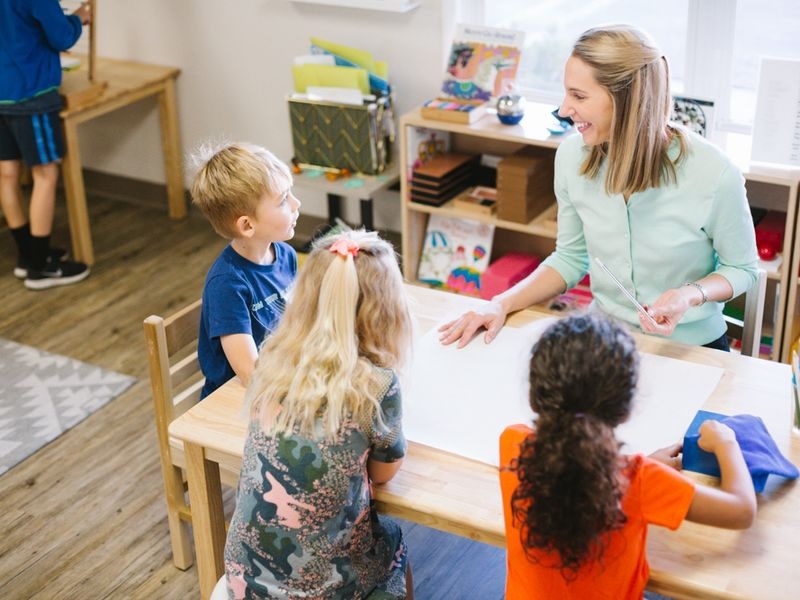Many children with special needs attend mainstream schools and acquire an over-all education, although some people might special accommodations can be found. However, special needs schools have particularly designed curricula and facilities to satisfy the needs of disabled students. Students aren’t “mainstreamed” they don’t attend classes generally education schools. Therefore, children with learning disabilities take full advantage of support available along with a full continuum of services, ensuring they develop for full potential. Because they are tailor-produced for college students with special needs, there are many benefits of placing students with special needs in non-public special education facilities.
Staff People Focus On Special Education
Teachers, administration, and staff in special needs schools are competed in taking proper proper care of and educating students. They focus on developing each child for his or her full potential. Teachers implement a number of treatment modalities. Additionally, teachers use numerous teaching methods, incorporate multisensory technique, and implement content programs made to achieve students who’ve not had success with fliers and business card printing of instruction. Due to the teachers’ extensive knowledge about educating children with learning disabilities, they combine therapy with education. Teachers monitor each child’s development, ensuring they might adjust to each child’s individual learning style.

Curricula Are Highly Individualized
Each special needs student requires a personalized education program to really succeed undifferentiated whole-class instruction is not effective for disabled students. While general education facilities provide some extent of individualized education, in special needs schools, programs are intensively individualized and even more fully address the specific needs of each and every student. The universities discuss extended term goals while using the parents when developing each child’s program. Since the curriculum is individualized, adjustments to the curricular materials, pace where posts are covered, or approach to instruction, are created as needed so that the child’s ongoing progress. Posts are engrossed in materials, inside the pace, as well as the process best fit to every child. The institutions incorporate extended term goals towards the child’s curriculum. They design diets to set up students to transition from your academic atmosphere for his or her community. The educators personalize individuals to every child. In addition they document academic progress frequently, allowing adjustment within the child’s program.

Small Class Sizes Support Development
Student-to-teacher ratios are low, allowing the teacher to devote individual focus on each student, aid each student in acquiring academic success, and assist each student when controling their special needs. Additionally, due to the small class size, the teachers more carefully monitor student progress, identify each student’s areas of strength and weakness, and adjust teaching strategies. This versatility promotes the kids development greater than a rigid general education curriculum.




